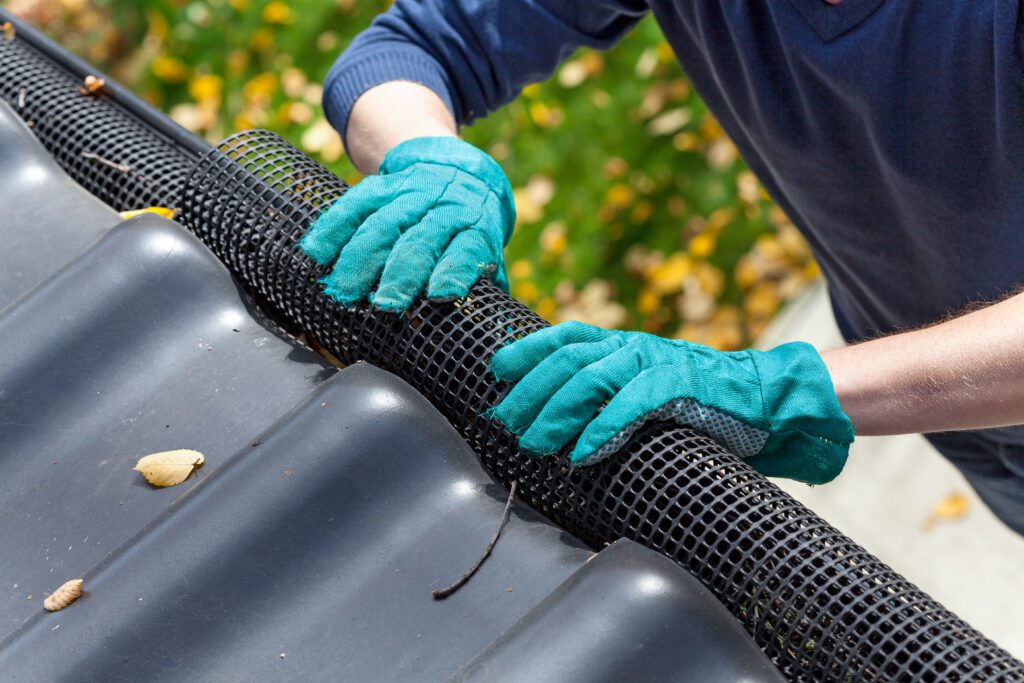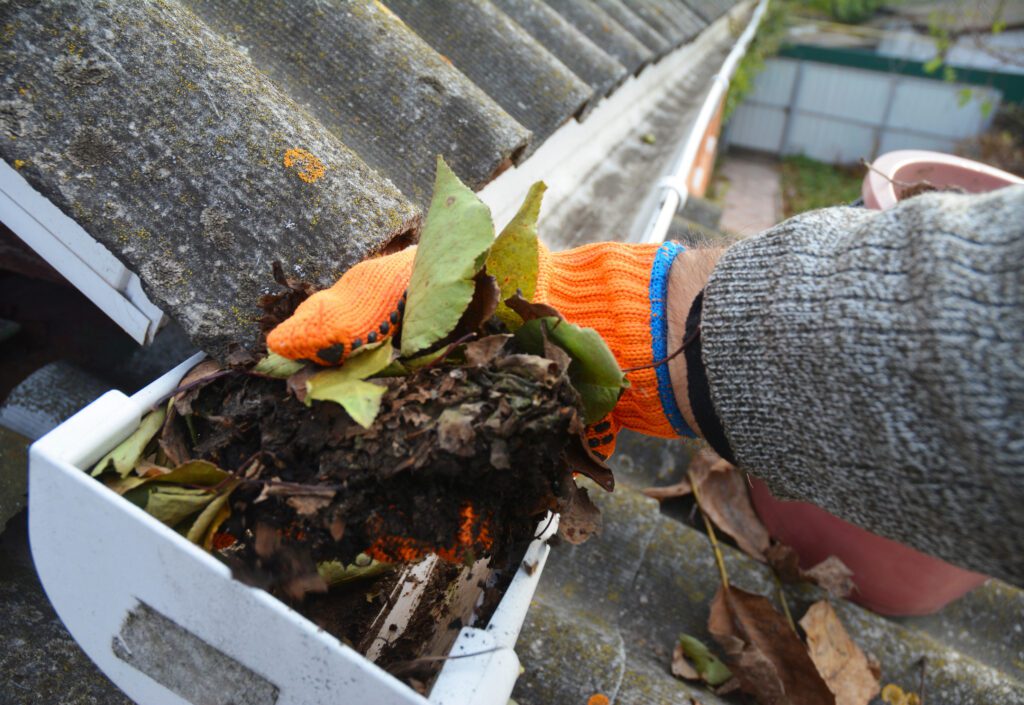
The Building Research Association of NZ (BRANZ) are a highly credible source of information on building and construction for New Zealanders. BRANZ have observed that approximately 10% of New Zealand households rely on rainwater collected from roofs for their drinking water needs. While roof-collected rainwater can be a practical and cost-effective solution, it requires good design and regular maintenance to ensure long-term, safe drinking water for your family.
Understanding Potential Contaminants
Rainwater can become contaminated through various means, broadly falling into two categories:
- Microbial Contamination: This arises from animal droppings (birds, rodents, possums), dead animals and insects;
- Chemical Contamination: Sources include pesticides, industrial emissions, roofing materials (like lead flashings), and residues from paints or coatings.
Best Practices for Safe Rainwater Collection

To minimize contamination risks and ensure the safety of your roof-collected drinking water, consider implementing the following measures:
- Roof and Material Selection:
- Ensure the roofing material is suitable for potable water collection. Avoid materials containing lead, chromium, or cadmium, as these can leach harmful substances into the water.
- Regular Maintenance:
- Keep the roof clean and free from debris.
- Trim overhanging branches to reduce animal access and prevent debris accumulation.
- Remove any fixtures that might serve as perches for birds.
- Gutter and Downpipe Management:
- Install mesh leaf guards over gutters to prevent debris entry.
- Fit leaf screens to downpipes to further reduce debris flow into storage tanks.
- First-Flush Diverters:
- Implement a first-flush diverter to redirect the initial runoff, which is likely to contain the highest concentration of contaminants, away from the storage tank.
- Storage Tank Considerations:
- Use a calmed water inlet system to minimize sediment disturbance during heavy rainfall.
- Position the water intake near the surface using a floating intake to access the cleanest water.
- Ensure all tank openings are sealed with insect-proof screens or flap valves.
- Maintain proper ventilation and install an air gap on overflow outlets to prevent backflow contamination.
- Keep access covers closed to deter pests and debris.
- For underground tanks, ensure they are protected from surface runoff contamination.
- Filtration and Treatment:
- Incorporate fine filtration systems to remove smaller particles not captured by initial screens.
- Consider additional water treatment methods, such as chlorination, ultraviolet (UV) light treatment, or boiling, especially if the water is intended for drinking or food preparation.
- System Monitoring and Maintenance:
- Regularly inspect and clean all components of the rainwater harvesting system, including roofs, gutters, downpipes, filters, and storage tanks.
- Replace filters as recommended by manufacturers to maintain system efficacy.
- Awareness of Environmental Factors:
- If agricultural spraying or industrial emissions are anticipated, temporarily disconnect the collection system and only reconnect after thorough roof cleaning by subsequent rainfall.

Conclusion
Collecting drinking water from roof catchments is a viable and sustainable option for many New Zealand homeowners. By implementing the outlined best practices and committing to regular maintenance, homeowners can ensure their rainwater harvesting systems provide a safe and reliable source of drinking water.
For more detailed guidance and information, click here to read the full BRANZ recommendations on rainwater harvesting systems.
